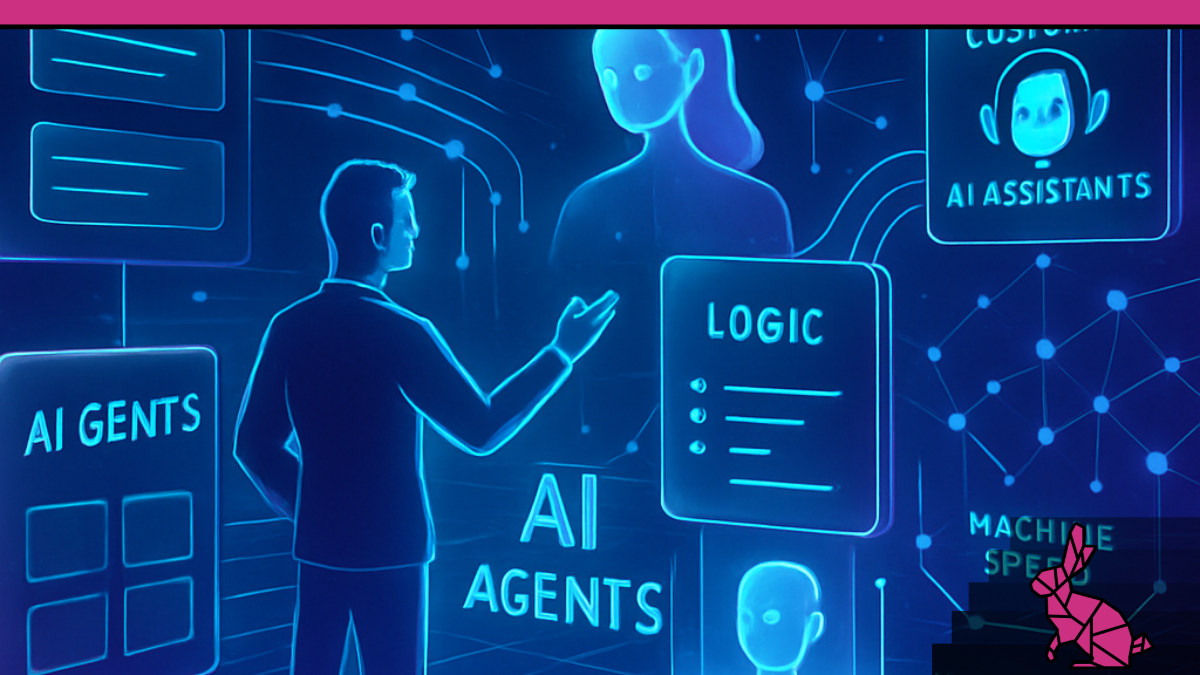The traditional college system is crumbling, as we explored in my previous article, The College Cartel Is Collapsing: How AI Will Burn Down the Ivory Tower and Spark a New Renaissance.The ivory towers are losing their grip on accreditation, and a new era is emerging where individuals hold the power to define their own educational worth. This is the rise of personal accreditation—a revolutionary shift that redefines how we measure skills, expertise, and value in an AI-powered world.
What Is Personal Accreditation?
Personal accreditation is the process of individuals curating and validating their own skills, knowledge, and achievements through tangible, verifiable proof of work. Unlike traditional degrees, which rely on universities as gatekeepers, personal accreditation empowers learners to build digital portfolios showcasing real-world projects, skills, and contributions. These portfolios are certified not by a single institution but by decentralized platforms, independent evaluators, or even peer networks, leveraging technologies like blockchain for transparency and trust.
Think of it as a living resume—a dynamic, evolving record of your expertise. Instead of a static diploma gathering dust, personal accreditation reflects your unique journey, from coding a groundbreaking app to designing sustainable urban systems or crafting compelling narratives. It’s about what you can do, not what a university says you’re worth.
Why Personal Accreditation Matters
The old system, as Charlie Munger might argue, is driven by misaligned incentives: universities charge exorbitant tuition for credentials that often fail to translate into real-world value. In an age where AI tools like Grok or ChatGPT democratize knowledge, this model is obsolete. Personal accreditation flips the script by:
Empowering Individuals: You control your learning path, focusing on what ignites your passion while automating rote tasks with AI, as seen with the Columbia sophomore who used ChatGPT to breeze through busywork and focus on coding.
Valuing Real Skills: Employers and collaborators care about what you can deliver—code that runs, designs that inspire, or strategies that win. A portfolio of projects speaks louder than a degree.
Breaking Barriers: No more gatekeeping based on geography, wealth, or access. Learners from South America to South Asia are already using adaptive AI tutors to master skills, as noted on the All-In Podcast (time: 36:06 - 48:58), outpacing traditional classrooms.
Fostering Lifelong Learning: Personal accreditation evolves with you, encouraging continuous growth over a one-and-done degree.
This shift isn’t just practical—it’s a cultural revolution, redefining education as a lifelong, passion-driven pursuit rather than a four-year transaction.
How Personal Accreditation Can Happen
The infrastructure for personal accreditation is already emerging, fueled by AI, blockchain, and a growing demand for authentic expertise. Here’s how it’s taking shape and how you can seize this opportunity:
Build a Proof-of-Work Portfolio: Your portfolio is the cornerstone of personal accreditation. It’s a digital showcase of your projects, skills, and impact, tailored to your passions. For example:
A budding data scientist might include machine learning models they’ve built, hosted on GitHub, with detailed documentation.
An aspiring writer could share published articles, scripts, or even AI-assisted drafts refined through human creativity.
A designer might showcase prototypes, client feedback, and iterative improvements.
How to Start: Use platforms like GitHub, Behance, or Notion to curate your work. Include measurable outcomes—code that powers an app, designs that boosted engagement, or research that solved a problem. AI tools can help polish your presentations, analyze your work’s impact, or even simulate feedback loops to refine your projects.
Leverage Decentralized Validation: Traditional accreditation relies on universities, but personal accreditation uses decentralized systems to verify your work. Blockchain-based platforms like Credly, Open Badges, or emerging Web3 solutions can issue tamper-proof credentials for specific skills or projects. Independent evaluators—industry experts, mentors, or even AI-driven assessors—can validate your work based on transparent criteria.
How to Start: Explore platforms like Credly to earn micro-credentials or join decentralized learning communities like Odyssey DAO. Connect with professionals on X or LinkedIn to seek endorsements for your projects. As Chamath Palihapitiya noted on All-In, AI is an “equalizer,” enabling anyone to prove their worth through tangible outputs, regardless of institutional backing.
Collaborate with Rockstar Educators: While mediocre professors are being phased out by AI, exceptional educators are becoming global icons. These mentors—think modern-day Socrateses with massive online followings—offer masterclasses, workshops, or one-on-one coaching that align with your goals. Their endorsements add weight to your portfolio, signaling expertise to employers or collaborators.
How to Start: Seek out educators on platforms like MasterClass, Coursera, or X, where thought leaders share insights. Engage with their content, contribute to discussions, or pitch projects for feedback. A single endorsement from a respected mentor can amplify your credibility.
Use AI to Amplify Your Strengths: AI is your co-pilot in personal accreditation. It can automate mundane tasks, freeing you to focus on high-impact work. For instance, our Columbia sophomore used ChatGPT to draft a lecture, allowing her to dive deeper into coding. Similarly, AI can analyze your portfolio, suggest improvements, or match you with opportunities tailored to your skills.
How to Start: Experiment with tools like Grok for brainstorming, Grammarly for refining your work, or MidJourney for creating visuals to enhance your portfolio. Use AI-driven platforms like Coursera’s Skills Benchmarking to identify gaps and recommend learning paths.
Join or Build Learning Communities: Personal accreditation thrives in ecosystems where learners, mentors, and employers connect. Online communities on X, Discord, or platforms like TeachAI.org are already fostering AI literacy and skill-sharing. These networks can provide peer reviews, project collaborations, or even job leads.
How to Start: Join communities like ISTE AI Explorations or local AI meetups to share your work and learn from others. Collaborate on open-source projects or hackathons to gain visibility and feedback. As you noted in our discussions about AI in education, partnerships with local experts can spark innovation and validate your efforts.
Navigate Resistance: Universities will resist this shift, clinging to their tuition-driven model. But the tide is turning. Employers are already prioritizing skills over degrees—Google’s Career Certificates and Tesla’s focus on builders are proof. By building a robust portfolio and leveraging AI, you can bypass institutional gatekeeping.
How to Start: Stay informed about trends in decentralized education via X or resources like AI for Educators by Matt Miller. Advocate for your value by showcasing your portfolio to employers, clients, or investors. The more you demonstrate real-world impact, the less a degree matters.
The Future of Personal Accreditation
Personal accreditation isn’t a distant dream—it’s happening now. In South Asia, AI tutors are helping students master skills faster than traditional schools. In Silicon Valley, startups are hiring based on GitHub commits, not GPAs. The All-In Podcast hosts predict “absolute liftoff” for personalized learning, and they’re right. This is the dawn of an AI-powered renaissance, where individuals define their worth through passion, creativity, and impact.
Imagine a world where a teenager in Nairobi builds a solar-powered app, earns micro-credentials from global experts, and lands a remote job with a tech giant—all without setting foot in a university. Or a writer in rural America crafts a novel, validated by peer reviews and AI analytics, earning her a publishing deal. This is the power of personal accreditation: a world where “one man’s trash is another man’s treasure,” and every learner can chase what sets their soul on fire.
Seize Your Power Now
The old college cartel is collapsing, and personal accreditation is the key to unlocking your potential. Start building your proof-of-work portfolio today. Connect with mentors, leverage AI, and join communities that amplify your growth. The future of learning isn’t in lecture halls—it’s in your hands, powered by your passion and validated by your work. This isn’t just a new way to learn; it’s a movement to redefine human potential.
Build your own legacy.











